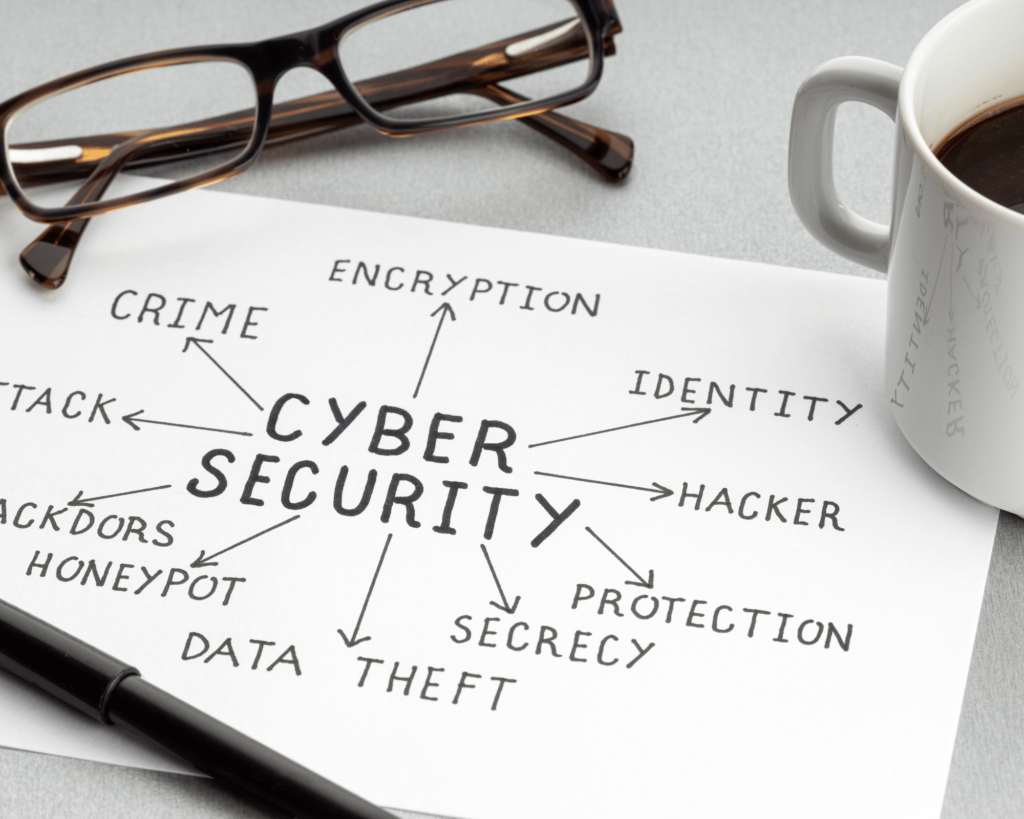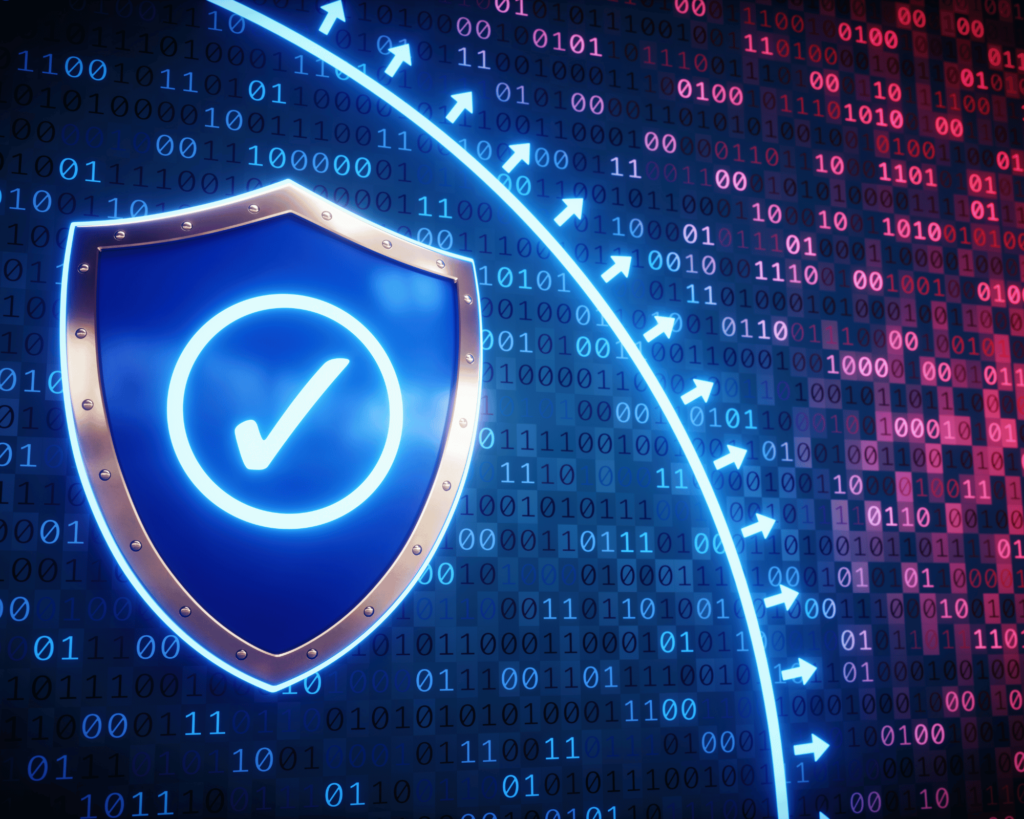As businesses continue to rely more heavily on digital technology, the importance of protecting sensitive data has never been more critical. Cybersecurity breaches can cause significant financial loss, damage to reputation, and even lead to legal action. To help organizations better manage and reduce cybersecurity risks, the National Institute of Standards and Technology (NIST) developed a voluntary set of guidelines known as the NIST Cybersecurity Framework (CSF).
In this article, we’ll take a closer look at the NIST Cybersecurity Framework and discuss how businesses can use it to protect their sensitive data.
What is the NIST Cybersecurity Framework?
The NIST Cybersecurity Framework is a set of guidelines developed by NIST, which is part of the U.S. Department of Commerce. The framework is based on existing standards, guidelines, and best practices and provides organizations with a high-level taxonomy of cybersecurity outcomes and a methodology to assess and manage those outcomes. The NIST Cybersecurity Framework is organized around five core functions:
- Identify: Develop an understanding of the systems, assets, data, and capabilities that support business operations and manage cybersecurity risks to protect them.
- Protect: Develop and implement appropriate safeguards to ensure delivery of critical infrastructure services.
- Detect: Develop and implement appropriate activities to identify the occurrence of a cybersecurity event.
- Respond: Develop and implement appropriate activities to take action regarding a detected cybersecurity event.
- Recover: Develop and implement appropriate activities to maintain plans for resilience and to restore any capabilities or services that were impaired due to a cybersecurity event.
The NIST Cybersecurity Framework provides a common language for organizations to communicate their cybersecurity risk management objectives and activities with internal and external stakeholders.
Why is the NIST Cybersecurity Framework important?
Cybersecurity threats are constantly evolving, and organizations must adapt to these changes to remain secure. The NIST Cybersecurity Framework provides a flexible approach to managing cybersecurity risk that is aligned with business needs and can adapt to changes in the threat landscape. By using the NIST Cybersecurity Framework, organizations can:
- Improve cybersecurity risk management and communication among internal and external stakeholders.
- Provide a common language and methodology to manage cybersecurity risk.
- Prioritize investments in cybersecurity.
- Improve response and recovery capabilities in the event of a cybersecurity incident.
- Comply with regulations and contractual obligations.

How can you put the NIST Cybersecurity Framework to work in your business?
The NIST Cybersecurity Framework is voluntary, but it provides a valuable set of guidelines that can help organizations manage cybersecurity risk. Here are five areas where you can use the NIST Cybersecurity Framework to protect your business:
- Identify: Develop an understanding of your business operations and the systems, assets, data, and capabilities that support them. Identify risks and threats to those assets and create a risk management plan to mitigate those risks.
- Protect: Develop and implement appropriate safeguards to ensure the delivery of critical infrastructure services. This can include implementing access controls, training employees on best practices, and deploying security software and hardware solutions.
- Detect: Develop and implement appropriate activities to identify the occurrence of a cybersecurity event. This can include implementing intrusion detection systems, monitoring system logs, and conducting regular vulnerability scans.
- Respond: Develop and implement appropriate activities to take action regarding a detected cybersecurity event. This can include developing an incident response plan, training employees on incident response, and testing the plan regularly.
- Recover: Develop and implement appropriate activities to maintain plans for resilience and to restore any capabilities or services that were impaired due to a cybersecurity event. This can include regularly backing up critical data, developing a disaster recovery plan, and testing the plan regularly.
Implementing the NIST Cybersecurity Framework in your business can be challenging, but there are resources available to help. NIST provides a variety of resources, including approaches, methodologies, implementation guides, case studies, educational materials, and example profiles that can help organizations implement the framework.
NIST Manufacturing Profile
In addition to the general NIST Cybersecurity Framework, NIST also provides a specific profile for the manufacturing sector. The NIST Manufacturing Profile provides implementation details for the Cybersecurity Framework in the manufacturing environment. It includes a roadmap for reducing cybersecurity risk for manufacturers that is aligned with manufacturing sector goals and industry best practices.
The NIST Manufacturing Profile includes four tiers of cybersecurity maturity that align with the Cybersecurity Framework’s five core functions. These tiers reflect an organization’s degree of cybersecurity risk management and range from partial implementation (Tier 1) to adaptive (Tier 4).
The NIST Manufacturing Profile is intended to help manufacturers reduce cybersecurity risk and improve their ability to identify, protect, detect, respond to, and recover from cybersecurity incidents. It also helps manufacturers comply with relevant regulations and contractual obligations.
NIST Cybersecurity Framework 2.0
NIST is currently updating the Cybersecurity Framework to keep pace with the evolving cybersecurity landscape. The new version, known as the Cybersecurity Framework 2.0, is expected to include new details on governance, supply chain risks, and other cybersecurity practices.
The Cybersecurity Framework 2.0 Concept Paper was released in February 2023 and outlines potential changes to the framework. The new version is expected to be released in 2024.
Cybersecurity Leaders Applaud NIST Cybersecurity Framework Updates
Federal cybersecurity leaders have welcomed the forthcoming updates to the NIST Cybersecurity Framework. The updates are expected to improve governance, supply chain risks, and other cybersecurity practices, providing organizations with better tools to manage cybersecurity risks.
The Cybersecurity Framework is widely used by organizations in the US and around the world to make risk-based investment decisions. The updates to the framework are expected to provide additional clarity and guidance to help organizations manage cybersecurity risk in an increasingly complex threat landscape.
The Takeaway
The NIST Cybersecurity Framework is a valuable set of guidelines that can help organizations better manage and reduce cybersecurity risks. By identifying risks, implementing appropriate safeguards, detecting and responding to cybersecurity incidents, and maintaining plans for resilience and recovery, organizations can improve their ability to protect their sensitive data and reputation.
The NIST Cybersecurity Framework is voluntary, but it provides a flexible approach to managing cybersecurity risk that can adapt to changes in the threat landscape. By using the NIST Cybersecurity Framework, organizations can prioritize investments in cybersecurity, comply with regulations and contractual obligations, and improve response and recovery capabilities in the event of a cybersecurity incident.
With the upcoming release of the Cybersecurity Framework 2.0, organizations can look forward to additional guidance and tools to help them manage cybersecurity risks. The NIST Cybersecurity Framework is a valuable resource that can help organizations protect their business operations, sensitive data, and reputation in an increasingly digital world.

